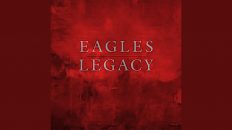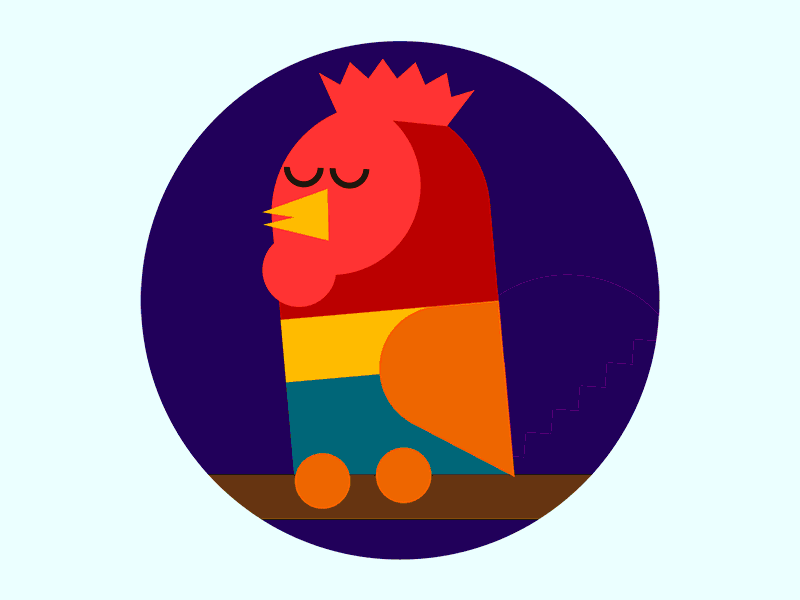Capolavoro assoluto di John Lennon.
Sotto una rara intrerpretazione da solo con la chitarra acustica.
Come lui l’ha concepita senza la produzione di George Martin.
Una scheda informativa da beatles bible qui e da oldies qua
Versione poi arrangiata e pubblicata:
Partiamo dalla stesura e giro armonico.
La scrivo come è stata suonata all’origine, in C. Successivamente è stata rallentata dal nastro e da C si è passati a A. Il motivo di questo è stata la poca soddisfazione di Lennon per la tonalità di C. Si sono fatte varie take con differenti arrangiamenti e tonalità. Martin ha poi pensato di unire due take differenti ritenute valide ma che non avevano la stessa tonalità. Dopo vari tentativi è riuscito tramite il rallentamento del nastro a renderle compatibili.
C’è chi ritiene che i Beatles erano cinque, non quattro come si crede:-)
INTRO MELLOTRON:
[ G Gmaj7 ][ G7 ][ A- G ][2/4 F C ]
CHORUS:
[ C ][ ][ G- ][ ][ A7 ][ ]
[2/4 F ][ A7 ][3/4 F F ][ C ]
VERSE:
[ G Gmaj7 ][ G7 ][ A- A-/G ][ F ]
[ F G ][ C C/B A- A-/G ][ F G ][ F C ]
CHORUS:
[ C ][ ][ G- ][ ][ A7/E ][ ]
[2/4 F ][ A7 ][3/4 F F ][ C ]
HARPS ARPEGGIO:
[ C4 ]
VERSE:
CHORUS:
HARPS ARPEGGIO:
VERSE:
CHORUS:
[ C ][ ][ G- ][ ][ A7/E ][ ]
[2/4 F ][ A7 ][3/4 F F ][ C ]
[3/4 F F ][3/4 C ][3/4 F F ][ F ][ ]
SPECIAL END:
[ C/Bb ]
guitar tab qui
La canzone è stata scritta in Almeria, Spagna, durante le riprese del film “How I Wan The War” di Richard Lester.
Lennon ha impiegato circa sei settimane per arrivare alla stesura della sua prima versione.
L’ Intro apre in G ma subito risolve sul C maggiore.
L’apertura del Chorus in C è strepitosa e ambigua come tutto quello che segue, un C (sembra I…. o V grado di F?) seguito da un G- (II grado dorico di F) e da un A7 (V di D), come voglia salire di un tono, ancora F (IV) e A7 (V di D) e torna a riposare sul C maggiore preceduto da un F.
La Strofa apre in G ma con il G7 torna in C e ci resta.
La canzone è un autentico colpo di genio. Nella sua apparente semplicità tocca vette mai raggiunte nel pop.
Lennon gioca con la melodia, straordinariamente bella, piegando le varie tonalità e le cadenze nel modo che solo lui sa fare e che è diventato d’uso comune per molti compositori pop britannici. Su tutti Oasis e Blur tanto per fare un esempio.
Lo strumento usato per l’intro è il Mellotron. Questo rappresenta il primo utilizzo dello strumento da parte di un gruppo rock . Paul McCartney eseguì l’ intro , che Lennon scrisse separatamente su harmonium in precedenza.
Il Mellotron diventerà a breve uno degli strumenti cardine del Progressive Rock inglese, usato da gruppi come King Crimson, Genesis e molti altri.
testo:
Let me take you down caus I’m goin’ to strawberry fields.
Nothing is real and nothing to get hung about.
Strawberry fields forever.
Living is easy with eyes closed.
Misunderstunding all you see.
It’s getting hard to be someone but it all works out.
It doesn’t matter much to me.
Let me take you down caus I’m goin’ to strawberry fields.
Nothing is real and nothing to get hung about.
Strawberry fields forever.
No one I think is in my tree.
I mean it must be high or low.
That is you know you can’t tune in but it’s all right
that is. I think it’s not too bad.
Let me take you down caus I’m goin’ to strawberry fields.
Nothing is real and nothing to get hung about.
Strawberry fields forever.
Always know sometimes think it’s me.
But you know I know and it’s a dream.
I think I know of thee, ah, yes but it’s all wrong
that is. I think I disagree.
Let me take you down caus I’m goin’ to strawberry fields.
Nothing is real and nothing to get hung about.
Strawberry fields forever.
Strawberry fields forever.
Strawberry fields forever.
Strawberry fields forever.
Una bella versione di Ben Harper:






